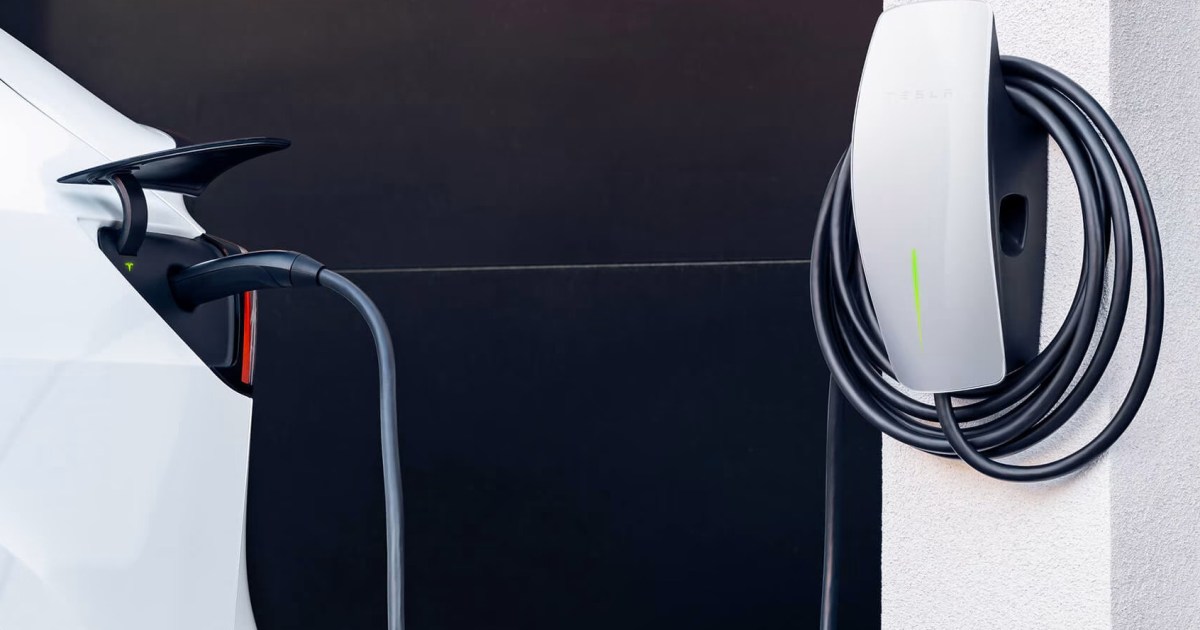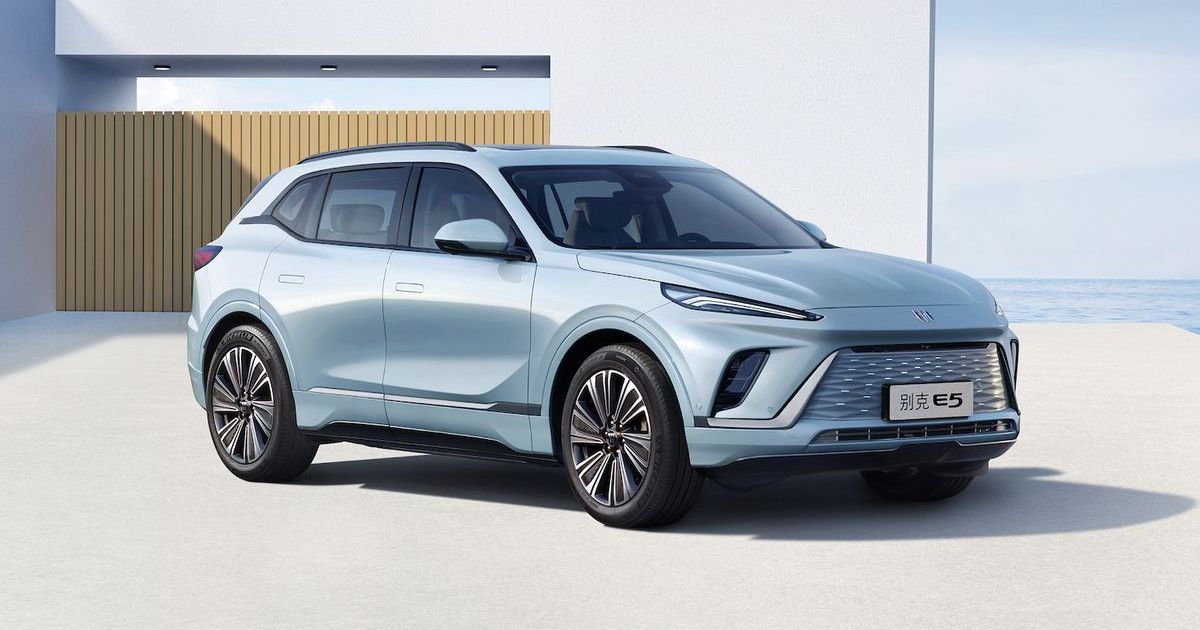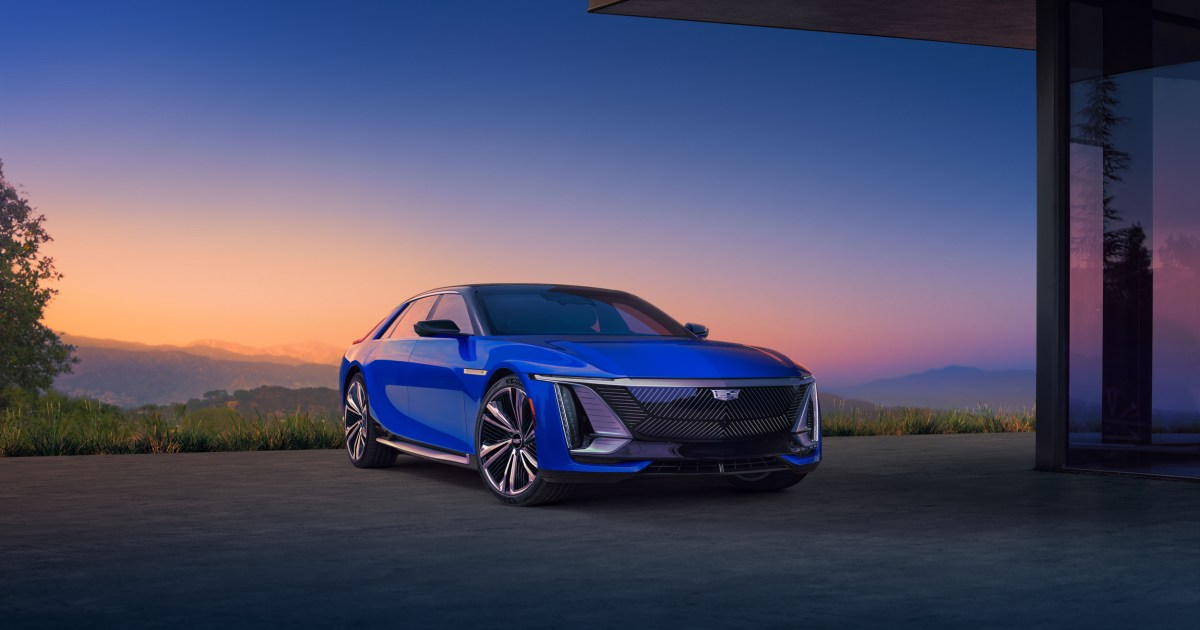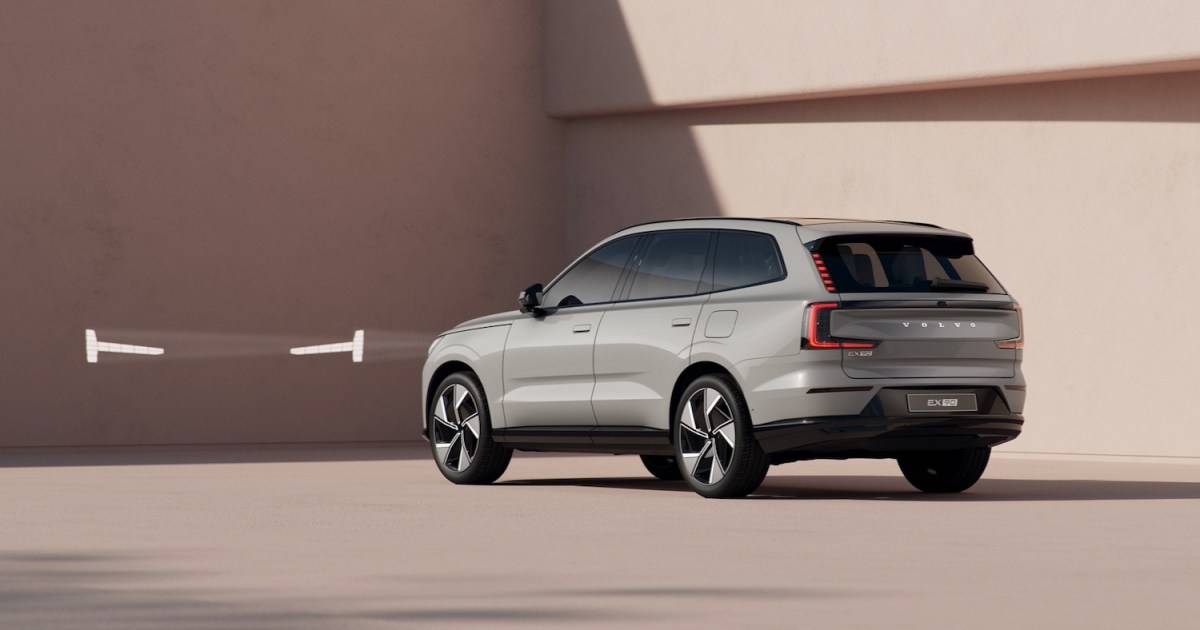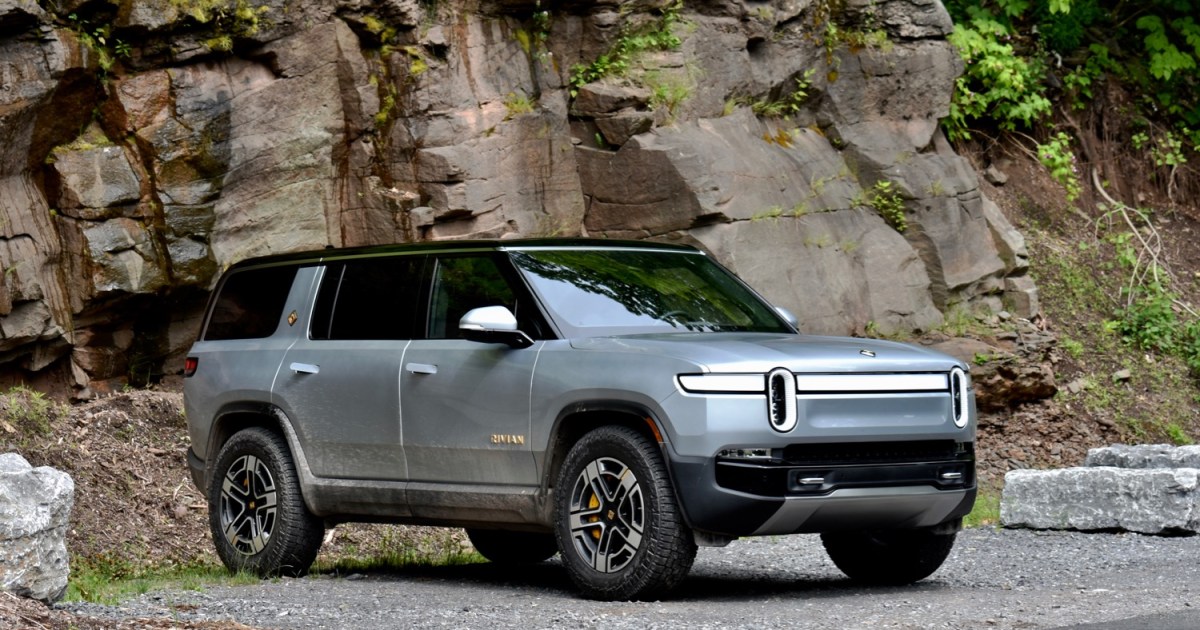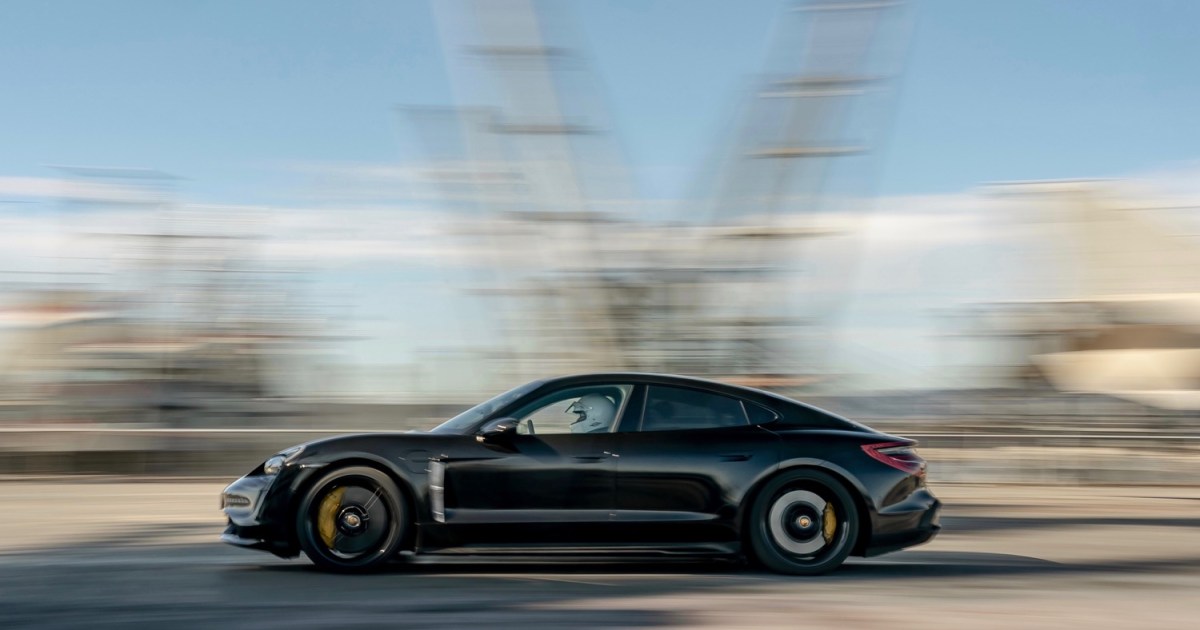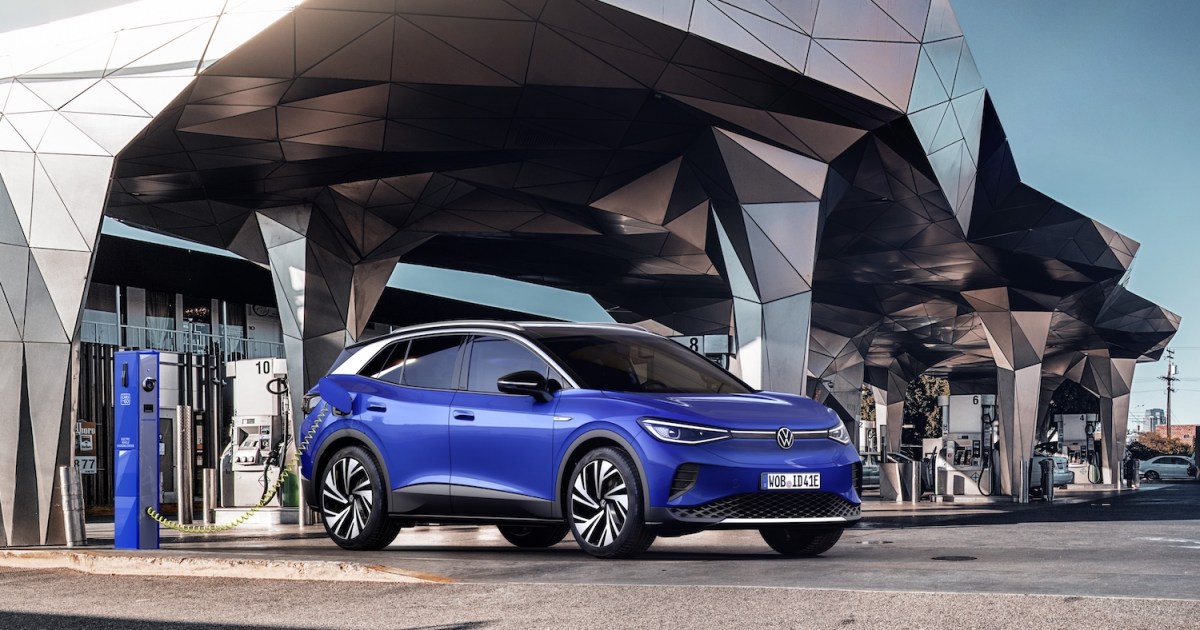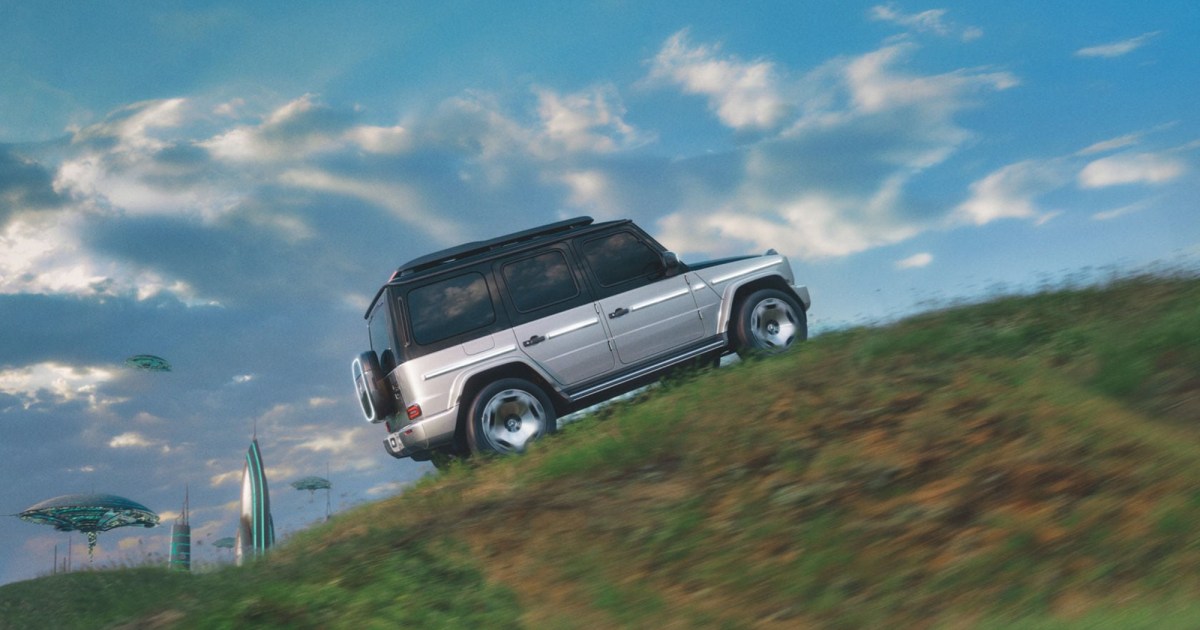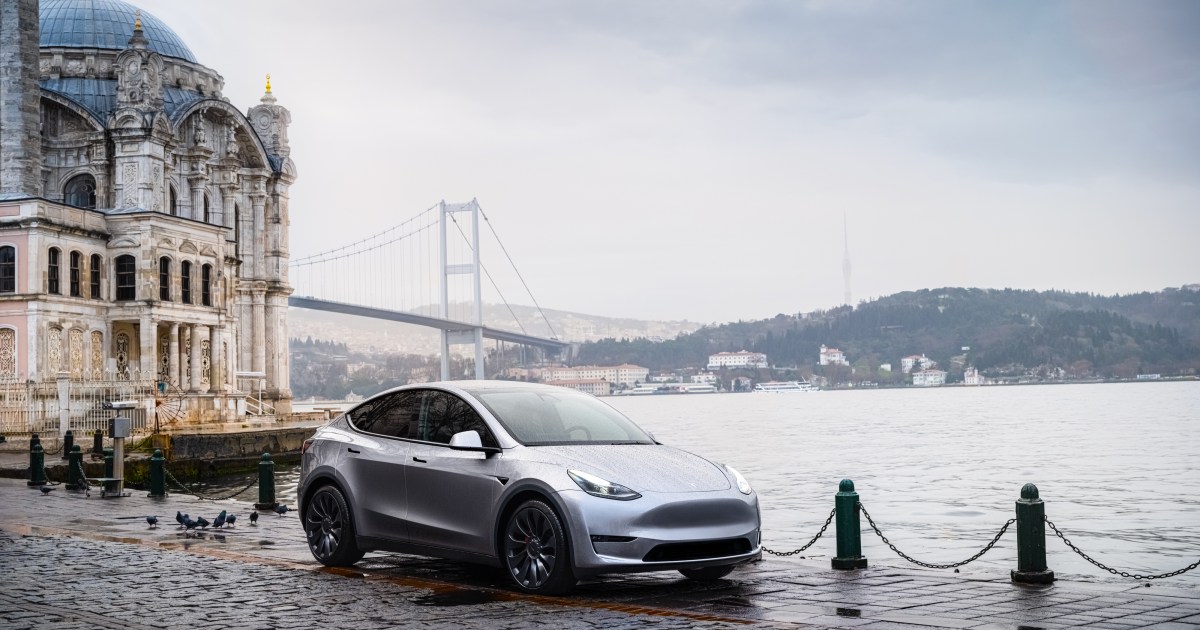The landscape of electric vehicle charging is undergoing a significant shift, with Tesla’s North American Charging Standard (NACS) connector poised to become the dominant standard. For years, Tesla utilized its proprietary NACS connector, while most other manufacturers opted for the Combined Charging System (CCS). However, a growing number of automakers and charging network providers are embracing NACS, promising a more unified and convenient charging experience for EV drivers. This article explores the companies that are transitioning to NACS and the timeline for their adoption.
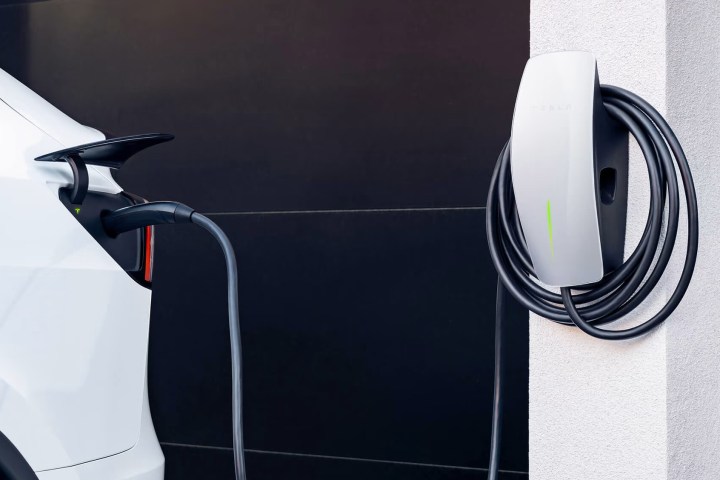 alt text: A Tesla Wall charger connecting to a Model X using the NACS connector.
alt text: A Tesla Wall charger connecting to a Model X using the NACS connector.
Automakers Embracing NACS
Several prominent car manufacturers have pledged to integrate the NACS connector into their future EV models. Here’s a breakdown of the key players:
Ford
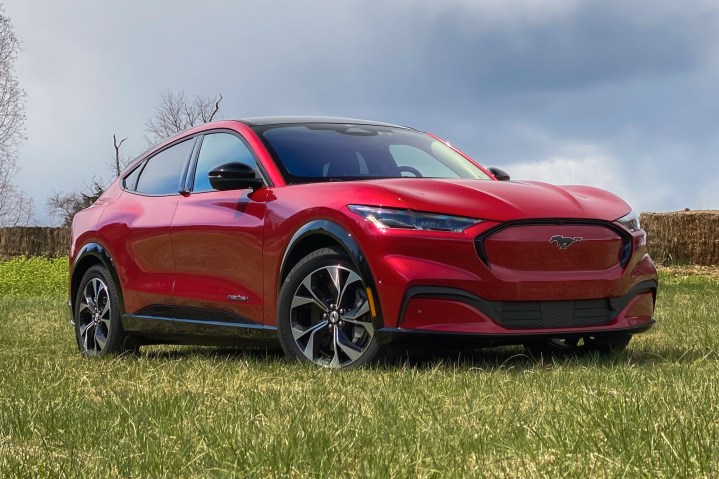 alt text: A red 2021 Ford Mustang Mach-E parked in a grassy field.
alt text: A red 2021 Ford Mustang Mach-E parked in a grassy field.
Ford was the first major automaker to announce its partnership with Tesla, signaling its intention to adopt the NACS connector and move away from CCS. Ford plans to begin rolling out EVs equipped with NACS by 2025. Furthermore, the company will soon offer an adapter for current Ford EV owners, enabling them to utilize NACS-compatible charging stations.
General Motors
Following Ford’s announcement, General Motors revealed its commitment to transition its brands to NACS by 2025. This includes Chevrolet, Cadillac, Buick, and other GM marques. The company also plans to release an adapter by spring 2024, allowing drivers of older GM EVs to access NACS charging stations.
Mercedes-Benz
Mercedes-Benz has also joined the NACS movement, confirming that its electric vehicles will feature the NACS connector by 2025.
Nissan
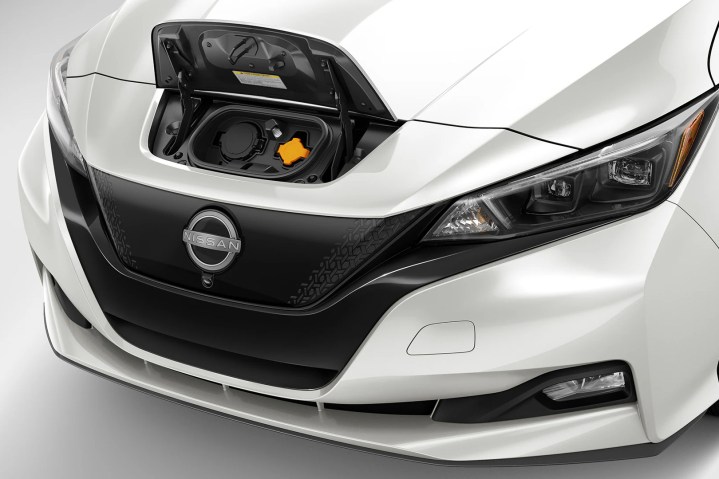 alt text: The Nissan logo.
alt text: The Nissan logo.
Nissan plans to integrate NACS into its EVs “beginning in 2025,” potentially lagging slightly behind other manufacturers. An adapter for CCS-equipped Nissan EVs will be available in 2024, though pricing details remain unclear.
Volvo
Volvo has also confirmed its adoption of the NACS connector, with implementation expected by 2025.
Polestar
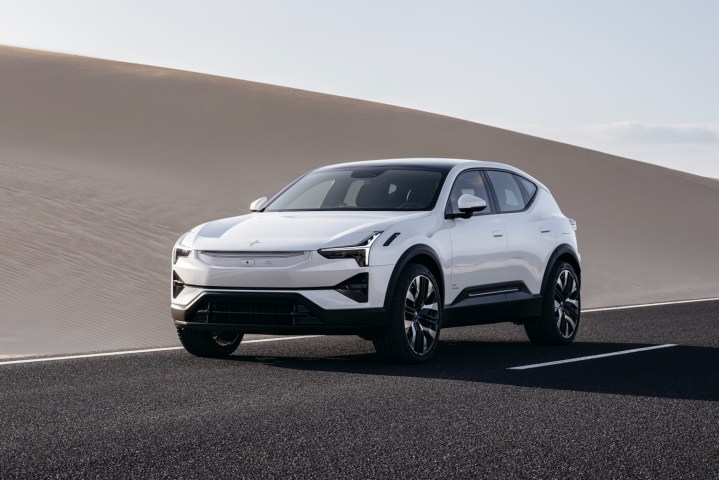 alt text: A front three-quarter view of the Polestar 3 electric vehicle.
alt text: A front three-quarter view of the Polestar 3 electric vehicle.
As a sister company to Volvo, Polestar will also incorporate the NACS connector into its EVs by 2025.
Rivian
Electric truck and SUV manufacturer Rivian has committed to adopting NACS. The company plans to offer NACS-equipped vehicles by 2025, while also providing access to the Tesla Supercharger network via an adapter as early as 2024.
Tesla
As the originator of NACS, Tesla vehicles have utilized the connector for years and will continue to do so.
Charging Network Providers Joining the NACS Ecosystem
The shift to NACS extends beyond automakers, impacting charging infrastructure providers as well. Here are some key players making the change:
ChargePoint
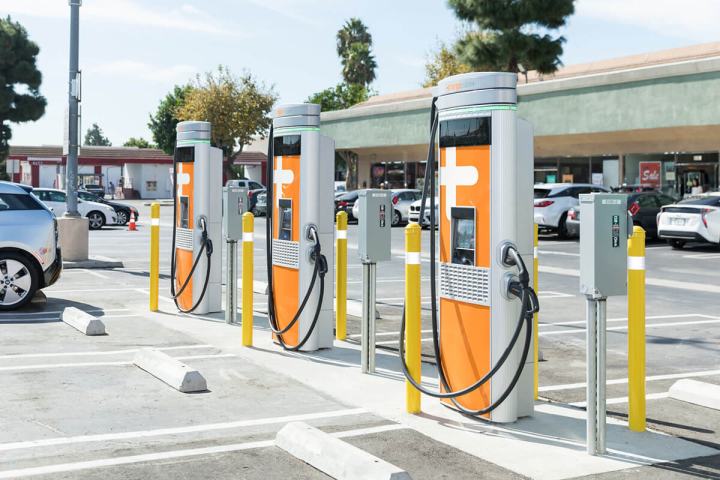 alt text: ChargePoint and NATSO announce a $1 billion investment in electric car charging infrastructure.
alt text: ChargePoint and NATSO announce a $1 billion investment in electric car charging infrastructure.
ChargePoint, a major player in both home and public charging, has announced its intention to offer NACS plugs by the end of 2023. However, widespread availability across the ChargePoint network will take time.
Electrify America
Electrify America, the largest non-Tesla EV charging network in the U.S., plans to incorporate NACS connectors at its 850 stations by 2025.
Conclusion
The widespread adoption of the NACS connector represents a significant step towards a simplified and more convenient charging experience for electric vehicle drivers. While the transition is ongoing, the commitment from major automakers and charging network providers suggests that NACS is well on its way to becoming the industry standard in North America. This will ultimately benefit EV adoption by alleviating charging compatibility concerns and expanding access to a wider range of charging stations.



